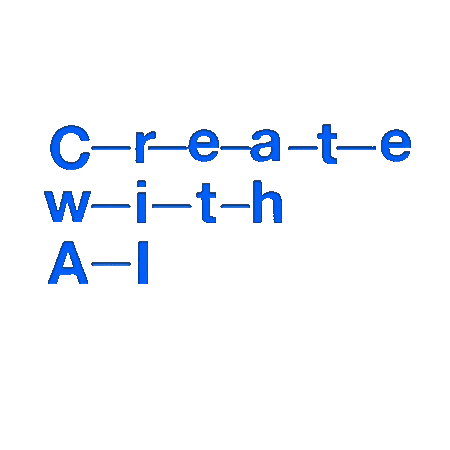Generating Long Sequences with Sparse Transformers
Child, R. et al. (2019) ‘Generating Long Sequences with Sparse Transformers’, arXiv. arXiv. Available at: http://arxiv.org/abs/1904.10509 (Accessed: 29 January 2021).
スパースなTransformerの仕組みで計算量を抑える
2019

Child, R. et al. (2019) ‘Generating Long Sequences with Sparse Transformers’, arXiv. arXiv. Available at: http://arxiv.org/abs/1904.10509 (Accessed: 29 January 2021).
Overview - 何がすごい?
Abstract
Transformers are powerful sequence models, but require time and memory that grows quadrati- cally with the sequence length. In this paper we introduce sparse factorizations of the attention matrix which reduce this to O(n √ n). We also introduce a) a variation on architecture and initial- ization to train deeper networks, b) the recompu- tation of attention matrices to save memory, and c) fast attention kernels for training. We call net- works with these changes Sparse Transformers, and show they can model sequences tens of thou- sands of timesteps long using hundreds of layers. We use the same architecture to model images, audio, and text from raw bytes, setting a new state of the art for density modeling of Enwik8, CIFAR- 10, and ImageNet-64. We generate unconditional samples that demonstrate global coherence and great diversity, and show it is possible in principle to use self-attention to model sequences of length one million or more.
Motivation
Transformerがシーケンスの学習に有効なことは判明しているが、長いシーケンスを学習しようとするほど、必要になるメモリが二乗で増える( : はシーケンスの長さ)。そこでこの研究では、スパースなAttentionの仕組みを提案し計算量を に抑える!
Architecture

仕組みに関してはこの図がわかりやすい。普通のTransformerは あるシーケンスのステップ i に対して 、前のステップ全てに対してAttendする (上の図の一番左。濃い青の■に対してその前の水色の■を参照している。)
Sparse Transformer (strided)
それに対して、Sparse Transformerの(b)では直前のシーケンスはそのままAttendするが、それ以前に関しては間隔をあけて(でわったあまりが0) Attendする。
上の図では
上の図は
周期的なパターンをもつ音などの場合にはこの方法はうまくいくが、テキストなどではこのstrided方式はあまりうまくいかないことがわかっている。
Sparse Transformer (fixed)
上の図 右(c)
は floor() 関数 (切り捨て) 上の図では 4
ただし で はハイパーパラメター
そのほかLayerのnormalization、dropout、residual blockなどなどいろいろテクニックを組み合わせている... (が詳細を細かく追えてない)
Results
画像、テキスト、音声信号で学習の実験。
長期にわたる依存関係を小さいパラメータ数で学習できていることが定量的にも証明された。

部分的な画像から全体を生成するタスクの結果


生成されたサウンドの例 - 音質は12kHzのサンプリングレートということもあっていまいちだが、音楽的な構造が比較的保たれているのがわかる。
Further Thoughts
- githubにはsparse transformer層の実装のみ公開されている。少し手を加えて実際に音の学習をやってみたい。
- 今後もTransformer周りの細かい実装のアップデートは研究領域としてホットになりそう。
Links
オリジナルのTransformer論文
Attention is All You NeedTransformerをMIDIの生成に応用した例 / 必要なメモリサイズを減らす工夫はここでもなされている
Music transformer: Generating music with long-term structure